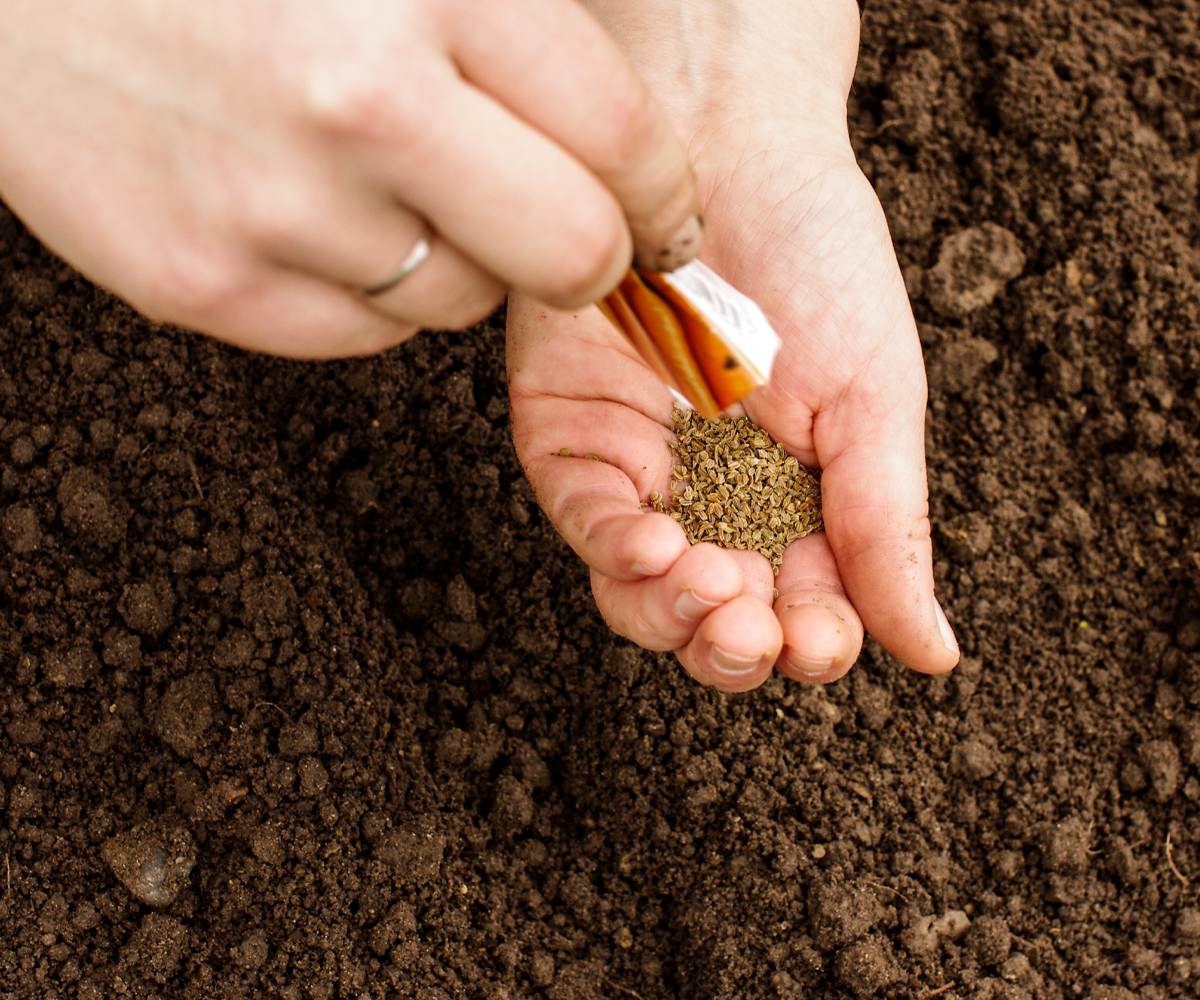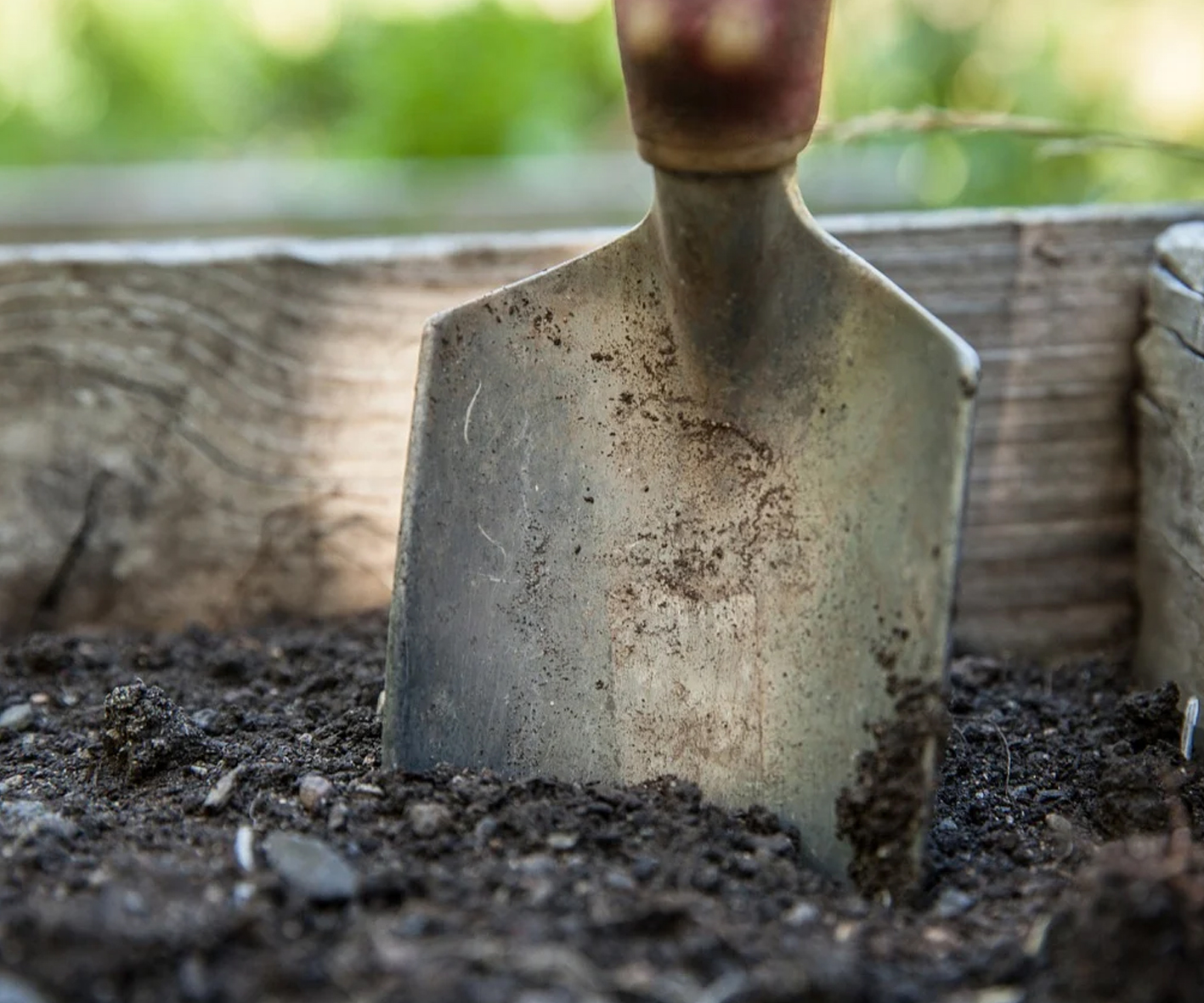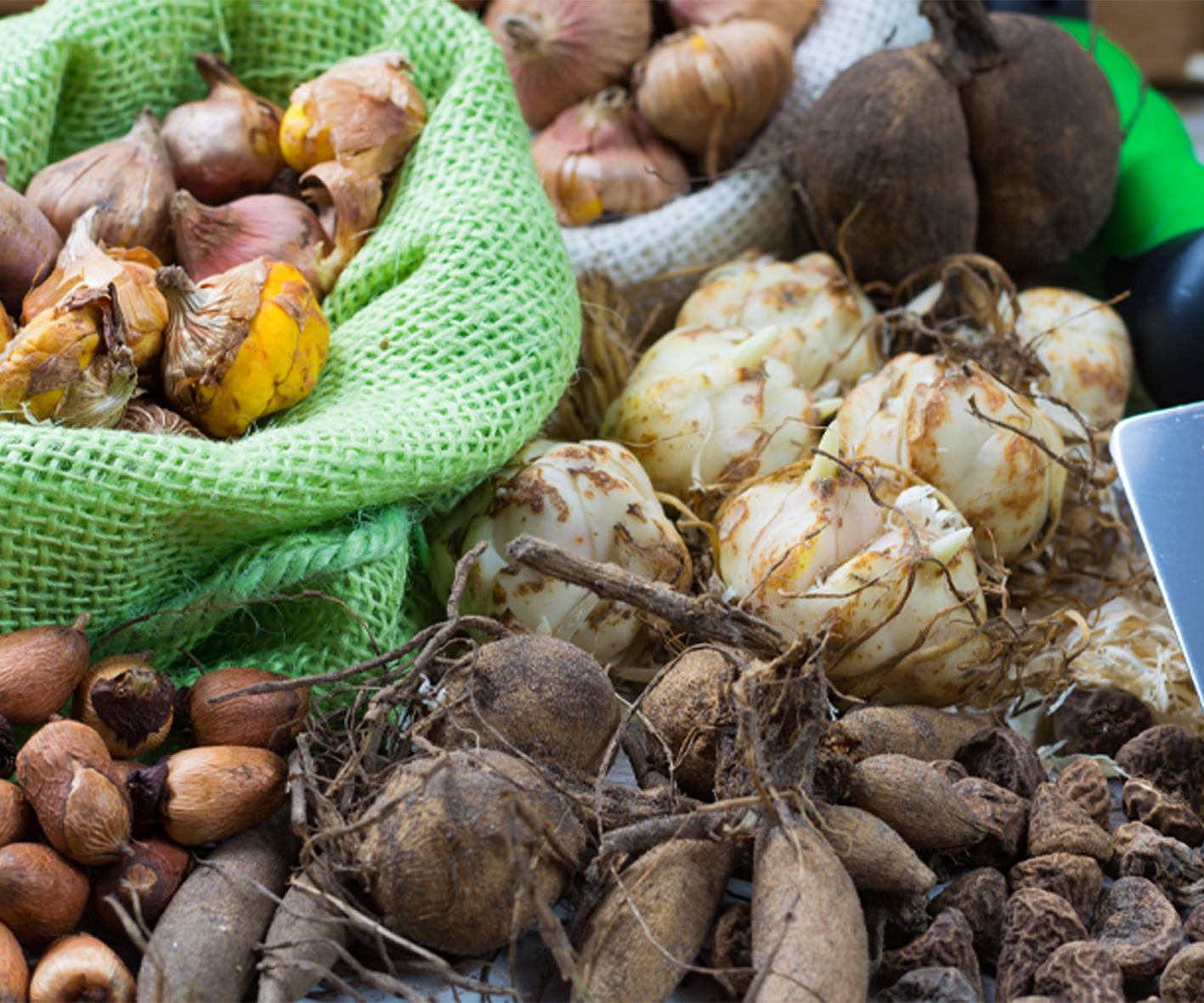Written by: Marie Shallcross
Hello and welcome to the first of our spring months.
Personally, I find March full of inspiration, whether that’s trying out some new plants in patio pots or breaking earth on a new garden design project. It’s a month where we see so many changes in the garden as the days lengthen and buds burst into life on the trees.
And we suddenly realise that there are so many tasks that we ought to be doing – or should have already done. Thing is, we generally don’t need to panic about that long list of jobs, and to help you, I’ve suggested some shortcuts or alternatives.
But let us not forget ideas for our gardens and gardeners we love, whether they be our Mothers, sisters, family or good friends.
March Events for Garden Inspiration
A selection of ‘special days’ in March that might provide you with gardening inspiration.
Saint David’s Day
The Welsh Patron Saint gives us a starting point for an ornamental kitchen garden with leeks and daffodils. Be careful not to eat daffodils (Narcissus) as all parts are toxic. But grown nearby, perhaps in a bed set aside as a mini-cutting garden, they will encourage pollinators into your veg patch and brighten up your early spring garden.
For an unusually small daffodil in a pot, why not try Narcissus ‘rip van winkle’? Its frilly yellow petals remind me of flower fairies in children’s picture books.
Leeks are a wonderful crop to grow and stand overwinter in the ground. Sow seeds from now until June to get a successful harvest. Or buy trays of seedlings to get a head start. Leeks can be grown in raised beds too.
International Women’s Day
There are many famous women gardeners, and it could be a starting point for a planting scheme to freshen up your garden this year. For example, Rosa Gertrude Jekyll and Eryngium giganteum ‘Miss Willmott’s ghost’.
Saint Patrick’s Day
For gardeners, a shamrock or clover is a lucky plant to have in the garden regardless of how many leaves it has. This is because as a member of the leguminous or Fabaceae family, it can help with keeping Nitrogen, one of the three major nutrients, in the soil. Clover and other leguminous plants such as sweet peas and runner beans have nodules on their roots which contain bacteria. These bacteria have a clever knack for ‘fixing’ the nitrogen in the soil making it easily available and accessible to the surrounding plants.
Did you know you can grow lucky clover as a houseplant? Oxalis triangularis subspecies papilionacea is also known as the purple shamrock or purple false shamrock. It’s often grown as a houseplant, and a pretty one too, with white/pink flowers.
The tradition of planting peas and potatoes on St Patrick’s Day is popular in both the USA and the UK because the soil and the weather are optimum for planting and sowing.
To encourage germination with early outdoor sowing of peas, it’s an idea to cover the soil with fleece beforehand. They like a soil temperature of at least 7 Celsius. Another option which I’ve found works is to soak the pea seeds in warm water before planting.
Growing early potatoes is a good ploy to reduce the risk of blight ruining the crop. You should be chitting them now and planting them out in mid-March.
Mother’s Day / Mothering Sunday
Do you plan on seeing your gardening Mum over the Mothering Sunday weekend? Yes? Why not take her to a garden centre to choose her tools and plants? You may even be able to combine it with a visit to a historic house. I know at least one of the British Garden Centres is near to a National Trust property, as it’s virtual across the road from Charlecote Park. (I know as I’ve been to both!)
Spring / Vernal Equinox
In the Northern Hemisphere, astronomers use the vernal equinox as the start of spring. For meteorologists, spring begins three weeks earlier, on March 1st. There is a good reason for this discrepancy and it is due to the equinox date variation. To create and maintain accurate records, especially for comparison and to record weather trends, meteorologists need to keep to the same dates year after year.
If you would like to check where east and west, north and south are in relation to your garden, the spring equinox is a good opportunity to do so, as the sun rises due east and sets due west for all of us. It’s best to check at sunrise or sunset; sunrise is about 6 am and sunset is at 6.15 pm. Just go outside around and notice the location of the sun on the horizon with respect to familiar landmarks, take photographs or make a mark on your garden fence.
March Gardening Tasks & Tips
A selection of obvious and less obvious tasks

Seed Sowing
Sow a few seeds at a time of whatever vegetable or flower you want to grow, say a half seed tray amount, or a quarter row if in a seed bed. Successional sowing enables you to have a prolonged harvest and avoid a glut.

Soil Preparation
This involves checking out the condition of the soil you have and improving it if necessary. Start by checking the pH of your soil – how acidic or alkaline it is. Kits and ‘prongs’ are cheap to buy and quick to use. You may be surprised at how the acidity of your soil changes across the garden and from year to year.
One of the things that can partially change the soil pH is the type of soil improver or compost that you add. In spring it’s better to dig this in so it's already at the root level for those new plants you want to add to the border or grow in the veggie patch.

Spring Flowering Bulbs
Purchasing daffodils as bulbs in the green, ie a plant ready to flower is a good way of getting some instant colour into an early spring garden.
Muscari, commonly known as Grape Hyacinths, can be a bit of a thug in the borders. However, some of the fragrant varieties, such as Muscari macrocarpum ‘Golden fragrance’ are certainly worth growing in a pot on a patio table so the scent is at nose level.
If you have bulbs in pots and want to spread out the display encourage some to flower earlier by giving them extra heat. At this time of year, you’ll need a warm greenhouse or conservatory for that. To hold some back, try keeping the pots cool and dark, although you’ll need to bring them into the light once the shoots break through the soil.

Last of the Bare Root Season
There’s not much so much choice now, but you’re likely to find some bargains. Roses, fruit trees and bushes, and hedging plants are all worth seeking out. You may also find ‘job lots’ as nurseries clear their stock.
Try to have a prepared spot ready for them in the garden. It needn’t be their final planting place. A holding bed where they would be ‘heeled in’ – planted temporarily – is fine. Soak your bare root plants in water for 2- 4 hours before planting. Adding mycorrhizal fungi into the planting hole helps develop a strong root system.

Pruning Before Nesting Begins
It is an offence under Section 1 of the Wildlife and Countryside Act 1981 to intentionally take, damage or destroy the nest of any wild bird while it is in use or being built.
For this reason, it is advisable to avoid pruning a hedge during the main breeding season, which is roughly March–August. However, you are able to prune if there are no nests in use. I suggest having a thorough search of the hedge or tree, and taking photos to prove there are no nests, or that they are abandoned.
and finally
This is the last of these articles from me, for now anyway. Both British Garden Centres and I would love to know if you’ve enjoyed them and found inspiration and help over the last year – so please get in touch.
Marie
About the author
Marie Shallcross is an advocate of edible ornamental gardens - beautiful, practical spaces that are both human-friendly and wildlife friendly. She is the owner of Plews Garden Design, offering bespoke Gardening Lessons where your garden is your classroom. As well as Garden Design, Planting Designs, and Garden Consultancy.
A member of the prestigious Garden Media Guild, Marie writes a weekly award-winning gardening blog – Plews Potting Shed - plus articles for various publications and websites.






























